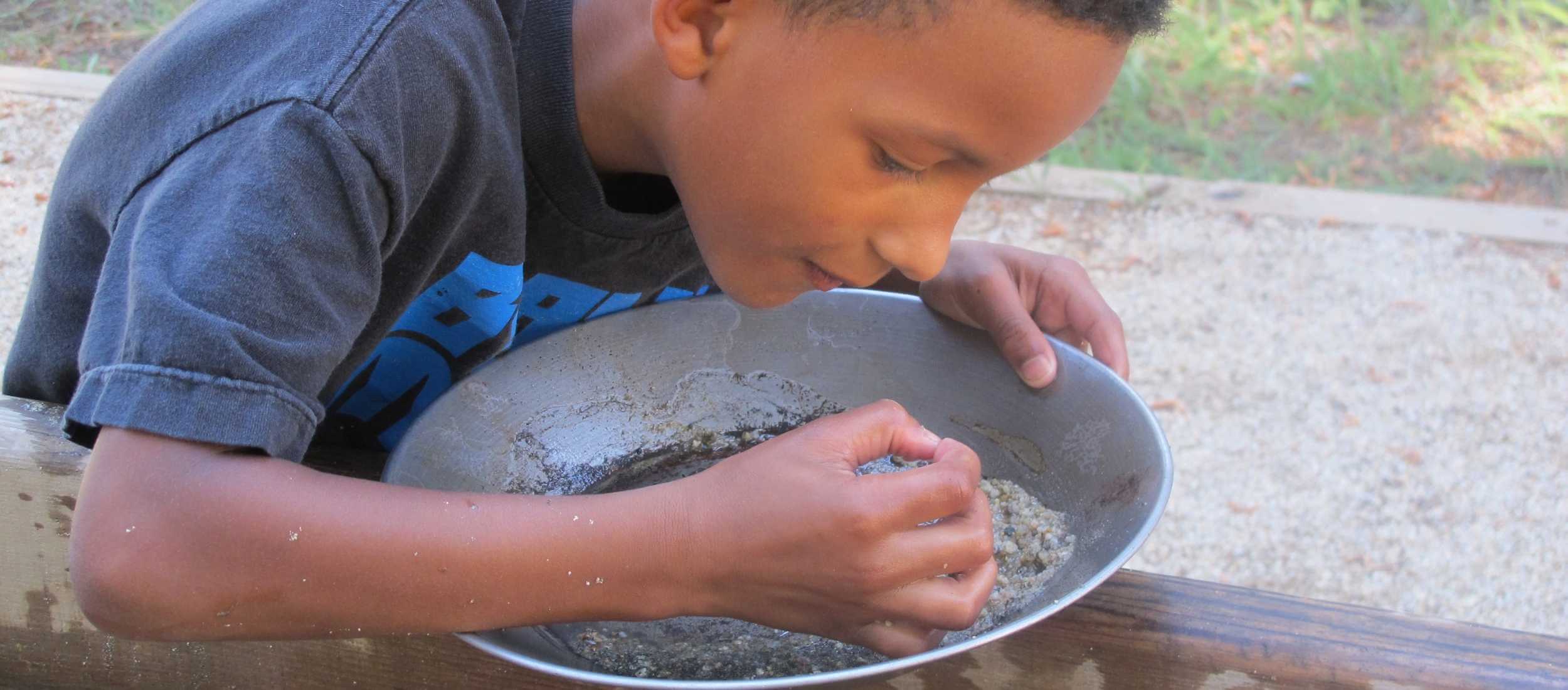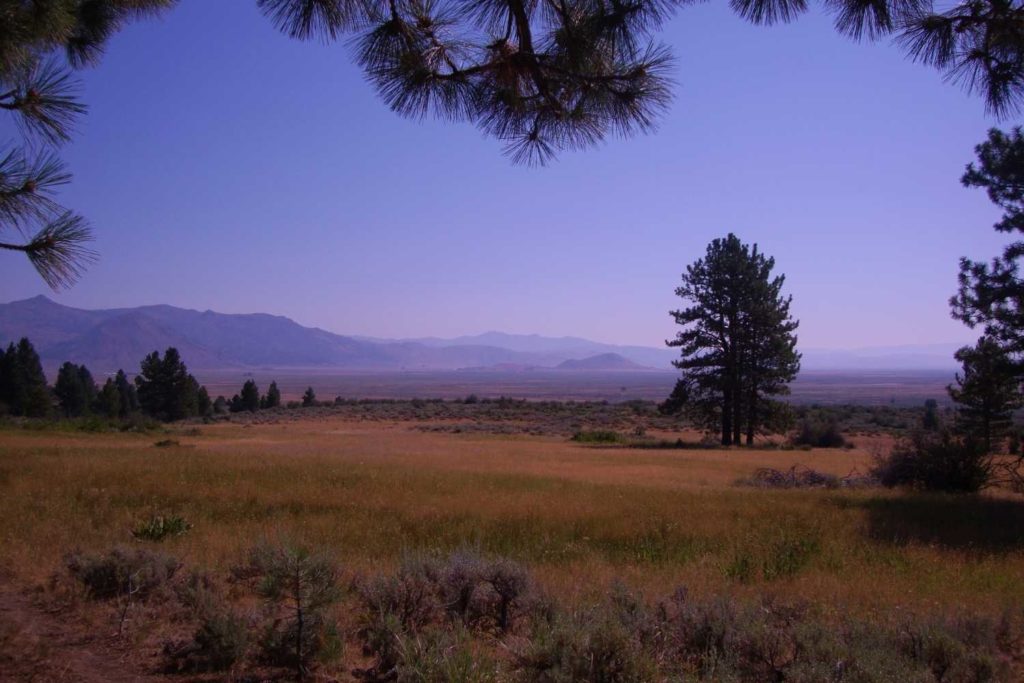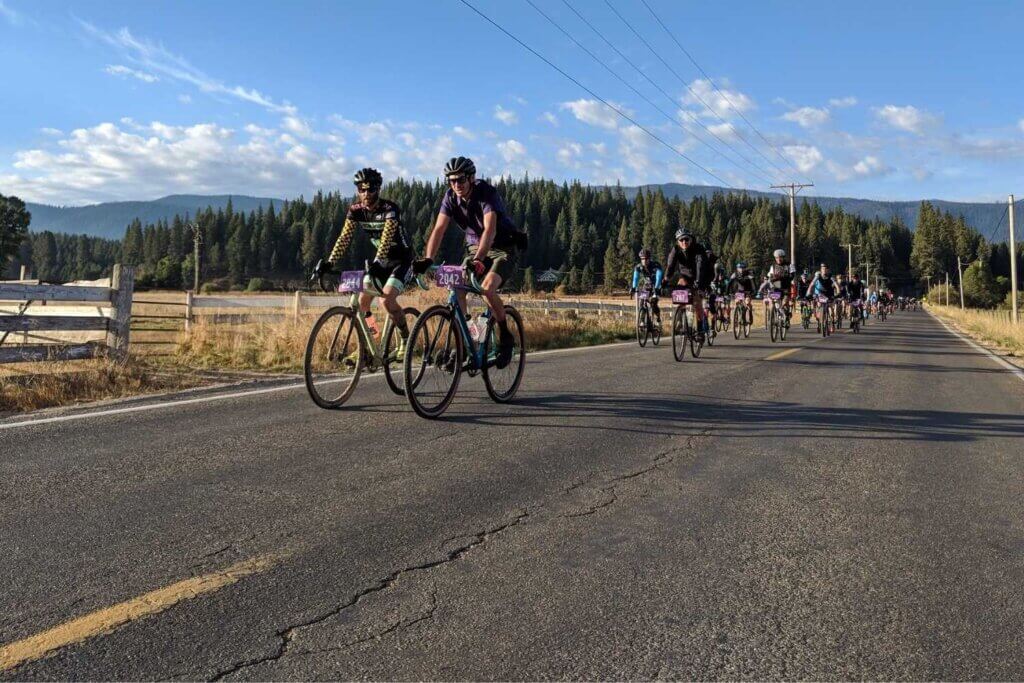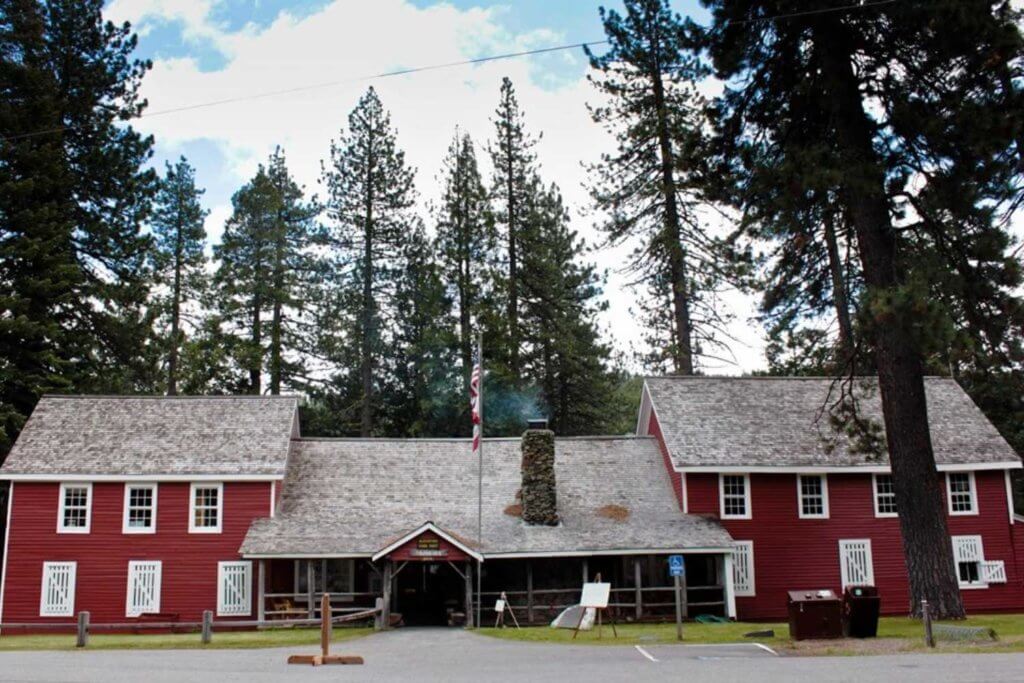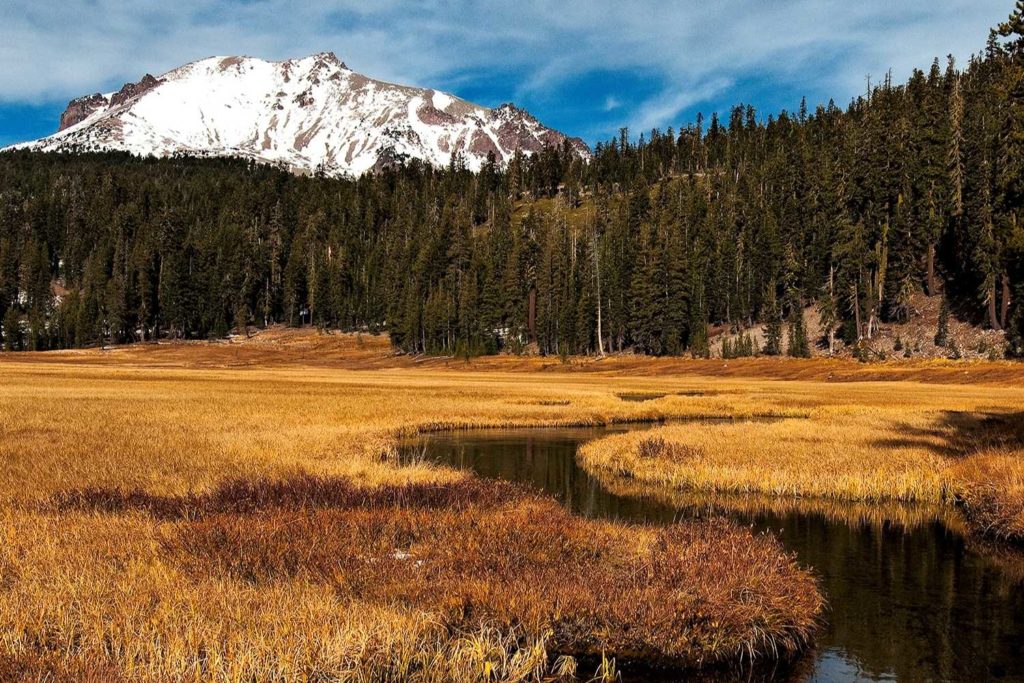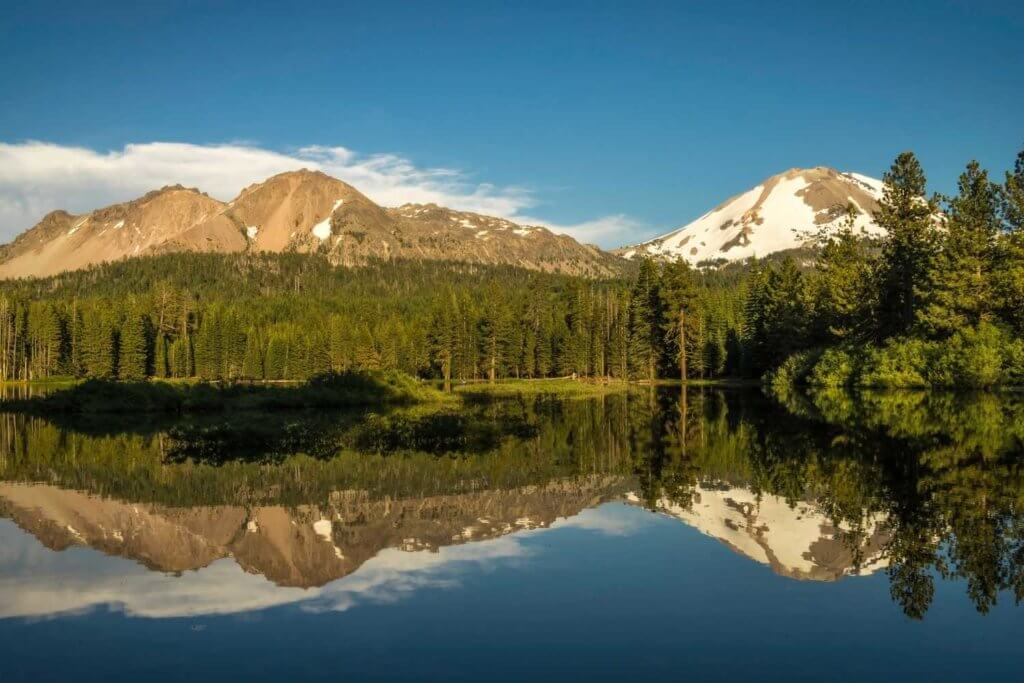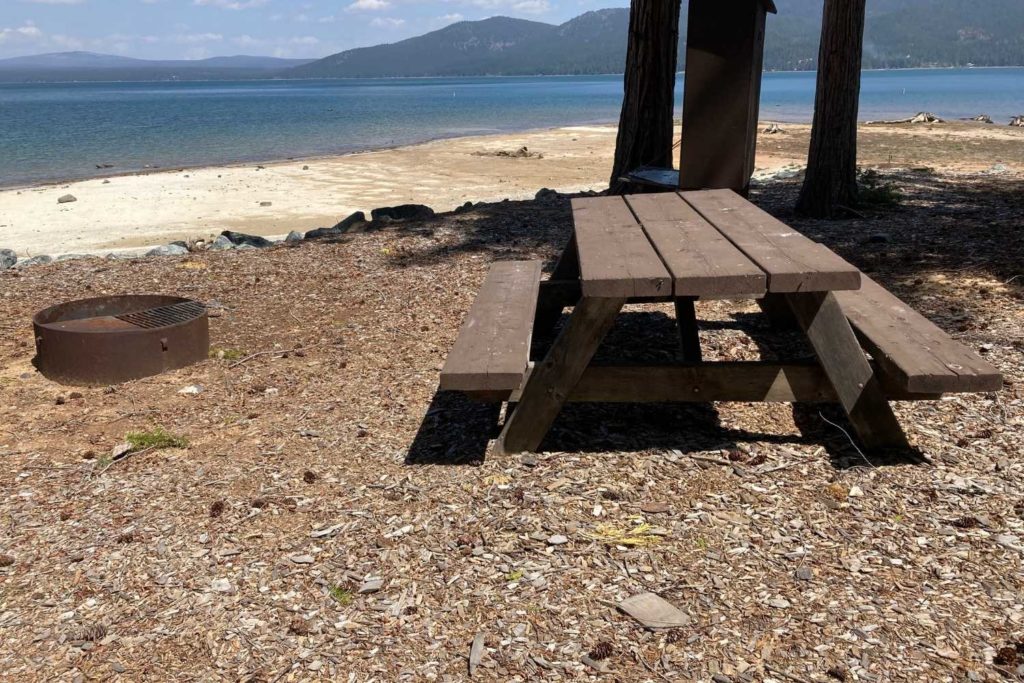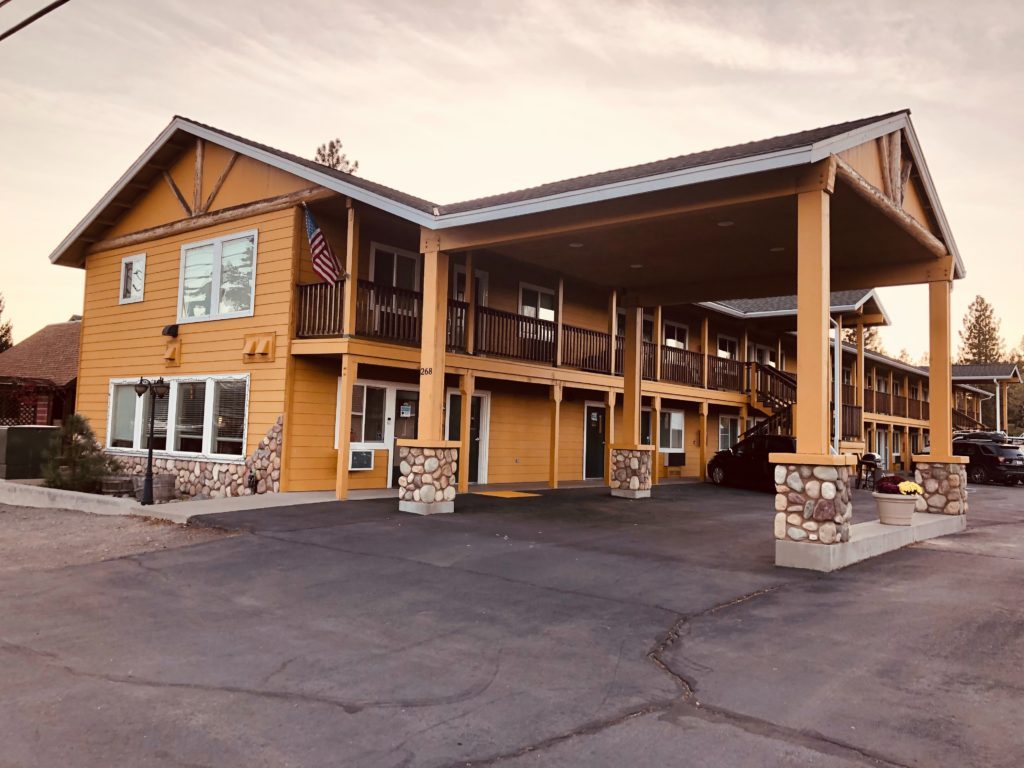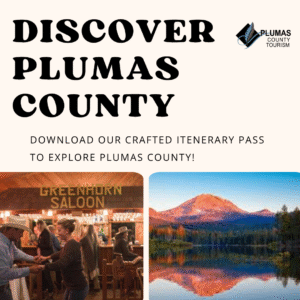Uncover the Rich History of Gold Panning in Plumas County: A Treasure Trove of Adventure
Step back in time and embark on a captivating journey through the rich history of gold panning in Plumas County. Nestled in the heart of California’s majestic Sierra Nevada mountains, this hidden gem is a treasure trove of adventure waiting to be discovered. From the early days of the Gold Rush to the present, gold mining has significantly shaped the region’s history and culture. Join us as we delve into the captivating stories of determined prospectors, rugged mining towns, and the enduring allure of the elusive yellow metal. Whether you’re a history buff, an adventure seeker, or simply curious about the origins of this timeless tradition, Plumas County offers a unique opportunity to immerse yourself in the fascinating world of gold panning. So dust off your pan, roll up your sleeves, and prepare to uncover the untold tales of this captivating era. Are you ready to embrace the spirit of the Gold Rush and experience the thrill of striking it rich? Let’s venture into Plumas County and embark on a journey that will ignite your sense of wonder and ignite your imagination.
The Historical Significance of Gold Panning in the Area
Plumas County holds a significant place in the history of gold panning in California. The discovery of gold in the region during the mid-19th century sparked the famous California Gold Rush, attracting thousands of fortune seekers from all over the world. The gold rush brought prosperity and chaos to Plumas County, transforming it from a peaceful wilderness into a bustling hub of activity. The lure of gold panning became irresistible, and soon, the rivers and streams of Plumas County were teeming with hopeful prospectors, each dreaming of striking it rich.
Amidst the chaos, mining camps sprung up, giving birth to vibrant communities that revolved around the pursuit of gold. These camps became the backbone of Plumas County’s economy, attracting people from all walks of life, including miners, merchants, and even notorious outlaws. The historic significance of gold panning in Plumas County cannot be overstated, as it shaped the region’s identity and left an indelible mark on its culture.
Even today, the echoes of the gold rush can still be felt in Plumas County. The spirit of adventure and the quest for gold continue to draw visitors to this enchanting region, where they can experience the thrill of panning for gold in the very same rivers that once yielded fortunes.
Gold panning and mining are popular activities in Plumas County. Most of the early 1800 gold rush camps have disappeared. The good news is there are still places where visitors can relive history and find a few flakes of gold.
The California Gold Rush and its Impact on Plumas County
The California Gold Rush of 1848-1855 was a transformative period in American history, and Plumas County played a significant role in this epic tale. The discovery of gold at Sutter’s Mill in Coloma set off a frenzy of gold fever, drawing people from all corners of the globe to California in search of riches. As news of the gold spread, prospectors flocked to Plumas County, hoping to strike it rich in its rivers and streams.
Plumas County quickly became a hotbed of activity, with mining camps springing up throughout the region. Towns like Rich Bar, Indian Bar, and Rabbit Creek emerged as bustling centers of commerce, attracting merchants, saloon owners, and other entrepreneurs eager to capitalize on the influx of miners. The population of Plumas County skyrocketed, and the region experienced a rapid transformation as infrastructure was developed to support the growing mining industry.
While many prospectors came to Plumas County with dreams of instant wealth, the reality of gold mining was often harsh and grueling. The work was physically demanding, and the chances of striking it rich were slim. However, the allure of gold proved irresistible, and the prospectors persevered, leaving behind a legacy of determination and resilience that still resonates in Plumas County today.
Notable Gold Panning Locations in Plumas County
Plumas County offers a variety of gold panning locations that cater to both beginners and experienced prospectors. One of the most popular areas is the Feather River, which winds its way through the heart of Plumas County. The Feather River is known for its rich gold deposits, and its gravel bars provide ample opportunities for panning.
For those looking for a more secluded gold panning experience, the North Fork of the Feather River is an excellent choice. This remote river offers pristine wilderness and abundant gold deposits, making it a favorite among experienced prospectors.
No matter which gold panning location you choose in Plumas County, the thrill of uncovering a glimmering nugget or a speck of gold dust is an experience like no other. The serenity of the natural surroundings and the excitement of the hunt create a truly unforgettable adventure.
Rich Bar, just north of Belden on Hwy 70, was once a thriving gold mining town and still a favorite location for recreational gold panners. an interesting book, The Shirley Letters, written by the only woman in camp, gives a glimpse into what life was like during the 1850s.
Seneca is a little harder to get to; it requires driving on logging roads either from Hwy 70 in the Feather River Canyon or from Canyon Dam. Much of the history of Seneca was lost in the 2021 Dixie Fire. Follow the efforts of rebuilding the old gin mill in Seneca. Take part in an old tradition and make sure to bring a business card to leave on the wall.
Plumas Eureka State Park has preserved several buildings from the Plumas-Eureka Mine. The park has great hiking and ranger-led activities, including gold panning. The thrid Sat. and Sun. in July the park goes all out with Gold Discovery Days.
An experienced gold panner can seek gold anywhere on public national forest land. Look for land that is not staked (usually where posted). Mining claims are kept on file at the Plumas County Recorder’s office.
Beginners need to get details on the areas and regulations for recreational gold panning. Contact Plumas, Lassen, or Tahoe National Forest offices. The Plumas County Museum has a reference book on gold panning available for sale. The book contains information on how and where to pan, equipment needed, safety tips, etc.,
Tools and Equipment Needed for Gold Panning
Gold panning requires a few essential tools and equipment to get started. The most basic tool is a gold pan, which is typically made of metal or plastic and has ridges or grooves to trap the gold particles. A shovel or trowel is also necessary for digging up gravel and sediment from the riverbeds.
In addition to these primary tools, a classifier is often used to separate larger rocks and debris from the finer sediments. This helps to concentrate the gold particles, making them easier to spot. A snuffer bottle or a suction device is essential for extracting the gold from the pan, while a magnifying glass can be handy for examining the gold more closely.
It’s important to note that gold panning equipment can vary depending on individual preferences and the specific location. Some prospectors may choose to use a sluice box or a gold dredge for more efficient gold recovery, while others may prefer the simplicity of traditional hand panning. Whichever tools you use, familiarize yourself with their proper use and maintenance for a successful gold panning experience.
Techniques and Tips for Successful Gold Panning
Gold panning is both an art and a science, requiring a combination of technique, patience, and a keen eye. Here are some tried and true techniques and tips to enhance your chances of success:
1. Research and select a gold panning location known for its gold-bearing deposits. Consult local experts, join online forums, or visit your local library to gather information about the best spots.
2. Ensure that your gold panning equipment is clean and in good working condition. Remove any debris or rust from your pan and other tools to prevent contamination.
3. Even after selecting a general location, look for areas in the river where gold is likely to accumulate, such as behind large rocks or in the river’s bends. These are known as “pay streaks” and are prime locations for gold panning.
4. Spend time mastering your technique. Hold your pan level with the water and submerge it, allowing the water to flow into the pan. Gently shake the pan back and forth to wash away the lighter materials, leaving behind the heavier gold particles.
5. Gold panning is a slow and methodical process. Take your time and thoroughly inspect the contents of your pan, checking for any glimmers of gold. Patience is key, as even the smallest speck of gold can lead to a significant discovery.
6. Learn what you can from local experts.
The Economic and Cultural Impact of Gold Panning on Plumas County
Economically, gold panning played a vital role in the early development of Plumas County. The influx of miners created a demand for goods and services, leading to establishing of businesses and the growth of local economies. Merchants, blacksmiths, saloon owners, and other entrepreneurs thrived, catering to the needs of the gold-seeking population. The mining industry provided employment opportunities and contributed to the overall growth and development of the region. Plumas County has 15 historically important gold mining districts within the county.
Culturally, gold panning left an indelible mark on the community and helped shape the identity of Plumas County. The miners’ spirit of adventure, perseverance, and determination became ingrained in the local culture. The legacy of the gold rush era is celebrated through festivals, events, and historical reenactments that pay homage to the past and keep the stories of the gold panners alive.
Furthermore, gold panning in Plumas County continues to attract visitors from near and far, contributing to the region’s tourism industry. The allure of gold and its rich history draw adventure seekers, history enthusiasts, and nature lovers to Plumas County, boosting the local economy and supporting businesses in the area.
In conclusion, the enduring allure of gold panning in Plumas County lies in its rich history, captivating landscapes, and the opportunity to connect with a bygone era. The region’s significance during the gold rush and its continued appeal to gold panning enthusiasts make it a treasure trove of adventure waiting to be discovered. So, whether you’re seeking to uncover the untold tales of the past, embark on a thrilling gold panning adventure, or simply immerse yourself in the natural beauty of California’s Sierra Nevada mountains, Plumas County offers a truly unique experience that will ignite your sense of wonder and ignite your imagination.
